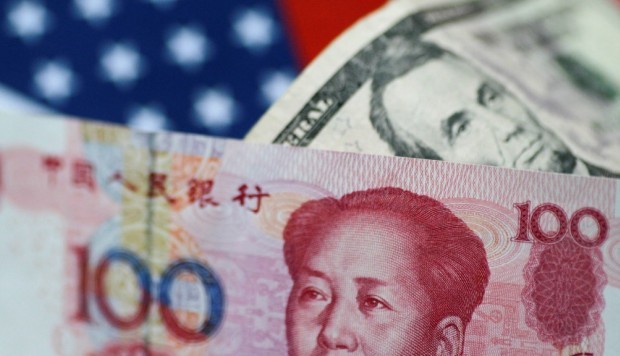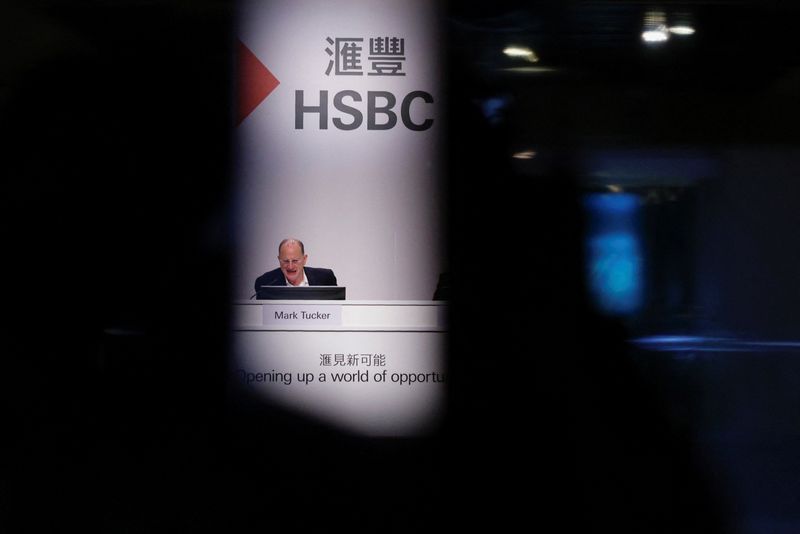Business
‘A yuan should be a yuan’, deputy head of China’s foreign exchange regulator says

There should be no difference in the trading price of the yuan in offshore and onshore markets, a senior official from China’s foreign exchange regulator said on Wednesday.
“In an ideal situation, there should be only one unified yuan price in the global markets,” Lu Lei, the newly appointed deputy head of the State Administration of Foreign Exchange, told a forum in Beijing.
The former head of the financial stability bureau at the People’s Bank of China said the yuan “can be traded in different places in different time zones, but the trading parties should be the same and there should be no gaps between onshore and offshore prices”.
As a result, there should be fewer speculative capital flows as investors try to profit from the gaps, he said.
Lu did not propose a timetable for the consolidation of the two yuan trading markets, and made it clear that he was not speaking on behalf of the SAFE.
China’s forex reserves, yuan on the up but slower growth ‘may lie ahead’
His comments were, however, reminiscent of an article written more than 50 years ago by US economist Milton Friedman. In “A Dollar is A Dollar”, which was published in Newsweek magazine on May 15, 1967, he argued that the US should give up the gold standard and “set the dollar free and let its price in terms of other currencies be determined by private dealings”.
While trading in the yuan “onshore” is strictly managed by the Chinese government, the currency is allowed trade freely in “offshore” markets.
On Wednesday, for example, the spread between the onshore yuan price, or CNY, and the offshore yuan price in Hong Kong, or CNH, was about 20 basis points. In late 2015 and early 2016, the gap peaked at almost 1,000 basis points. At that time, there were strong expectations in the offshore market of a yuan depreciation, so the central bank resorted to heavy intervention in the onshore market to support its value.
Time right to loosen controls on yuan-dollar exchange rate, says China state-run paper
A wide spread between the onshore and offshore market values usually results in a massive flow of funds into…
Business
Democrat Claims Musk is Undermining Spending Bill Due to China Restrictions – The Hill

A Democrat claims Elon Musk influenced the reduction of a spending bill due to its restrictions on China, suggesting his actions impacted the legislation’s progress and funding allocation.
Allegations Against Musk
A prominent Democrat has accused Elon Musk of deliberately sabotaging a significant spending bill in response to China-related restrictions. This accusation comes amid ongoing tensions between the U.S. and China, particularly regarding technology and trade policies. The claims suggest that Musk’s influence is affecting critical legislative processes, raising concerns among lawmakers about foreign influence in American politics.
Implications for Legislation
The potential ramifications of Musk’s alleged actions could be significant. As a major player in the tech industry, his decisions can sway public opinion and impact the economy. Lawmakers fear that if influential figures like Musk oppose necessary legislation, it might hinder efforts to address vital issues such as national security and economic stability.
Political Reactions
The controversy has sparked debates among both Democrats and Republicans, highlighting the intersection of technology and politics. Many are demanding greater transparency and accountability from tech giants. As the situation unfolds, lawmakers may need to reassess their strategies to ensure that essential legislation moves forward uninterrupted.
Source : Democrat accuses Musk of tanking spending bill over China restrictions – The Hill
Business
HSBC Chairman to Head Key UK Business Delegation to China

HSBC Chairman Mark Tucker will lead a UK business delegation to China next month to boost trade and investment, amid concerns over national security and improving UK-China relations.
HSBC Chairman Leads UK Delegation to China
HSBC Chairman Mark Tucker will lead a pivotal British business delegation to China next month, marking the first significant visit since 2018. The trip aims to enhance Chinese investment in the UK, guided by Chancellor Rachel Reeves. Tucker, a seasoned financier with extensive Asia experience, is regarded as essential in resetting UK-China relations.
Reviving Economic Dialogue
Tucker will accompany senior bankers in seeking to rejuvenate trade, specifically focusing on financial services. Although there are apprehensions among some UK lawmakers regarding national security threats posed by closer ties to Beijing, the UK Treasury spokesperson confirmed Chancellor Reeves’ upcoming discussions on economic cooperation in Beijing.
A Shift in UK-China Relations
Since suspending most dialogues following China’s imposition of a national security law in Hong Kong, UK-China relations have soured. Nevertheless, the Labour government is prioritizing improved ties with China, emphasizing investment opportunities. Reeves asserts the necessity of a pragmatic approach to benefitting national interests amid ongoing concerns voiced by some lawmakers about security risks.
Source : HSBC Chairman to lead pivotal UK business delegation to China
Business
Gordonstoun Severs Connections with Business Led by Individual Accused of Espionage for China

Gordonstoun school severed ties with Hampton Group over espionage allegations against chairman Yang Tengbo. He denies involvement and claims to be a victim of political tensions between the UK and China.
Allegations Lead to School’s Decision
Gordonstoun School in Moray has cut ties with Hampton Group International after serious allegations surfaced regarding its chairman, Yang Tengbo, who is accused of being a spy for the Chinese government. Known by the alias "H6," Mr. Tengbo was involved in a deal that aimed to establish five new schools in China affiliated with Gordonstoun. However, the recent allegations compelled the school to terminate their agreement.
Public Denial and Legal Action
In response to the spying claims, Mr. Tengbo publicly revealed his identity, asserting that he has committed no wrongdoing. A close associate of Prince Andrew and a former Gordonstoun student himself, Mr. Tengbo has strenuously denied the accusations, stating that he is a target of the escalating tensions between the UK and China. He has claimed that his mistreatment is politically motivated.
Immigration Challenges and Legal Responses
Yang Tengbo, also known as Chris Yang, has faced additional challenges regarding his immigration status in the UK. After losing an appeal against a ban enacted last year, he reiterated his innocence, condemning media speculation while emphasizing his commitment to clear his name. Gordonstoun, on its part, stated its inability to divulge further details due to legal constraints.
Source : Gordonstoun cuts ties with business chaired by man accused of spying for China







